That was shared by Mr. To Manh Ha, Agriculture - Forestry - Fisheries Management Board (T&T Group), at the scientific workshop on the topic: Orientation to improve and enhance the efficiency of the logistics service supply system in the agricultural value chain, organized by the Institute of Policy and Strategy for Agricultural and Rural Development (PTNNNT) on November 2 in Hanoi.
Good logistics, no agricultural products congestion
According to the Institute of Policy and Strategy for Agricultural and Rural Development, logistics costs account for a very high proportion of the cost of agricultural and forestry products. Specifically, for aquatic products, logistics costs account for 12%, wooden products account for 23%, vegetables and fruits account for 29%, and rice accounts for 30%.
Notably, agricultural logistics costs in Vietnam are 6% higher than in Thailand, 12% higher than in Malaysia, and 300% higher than in Singapore. Vietnam's logistics costs account for more than 20% of GDP, while the world's is only 11% of GDP.
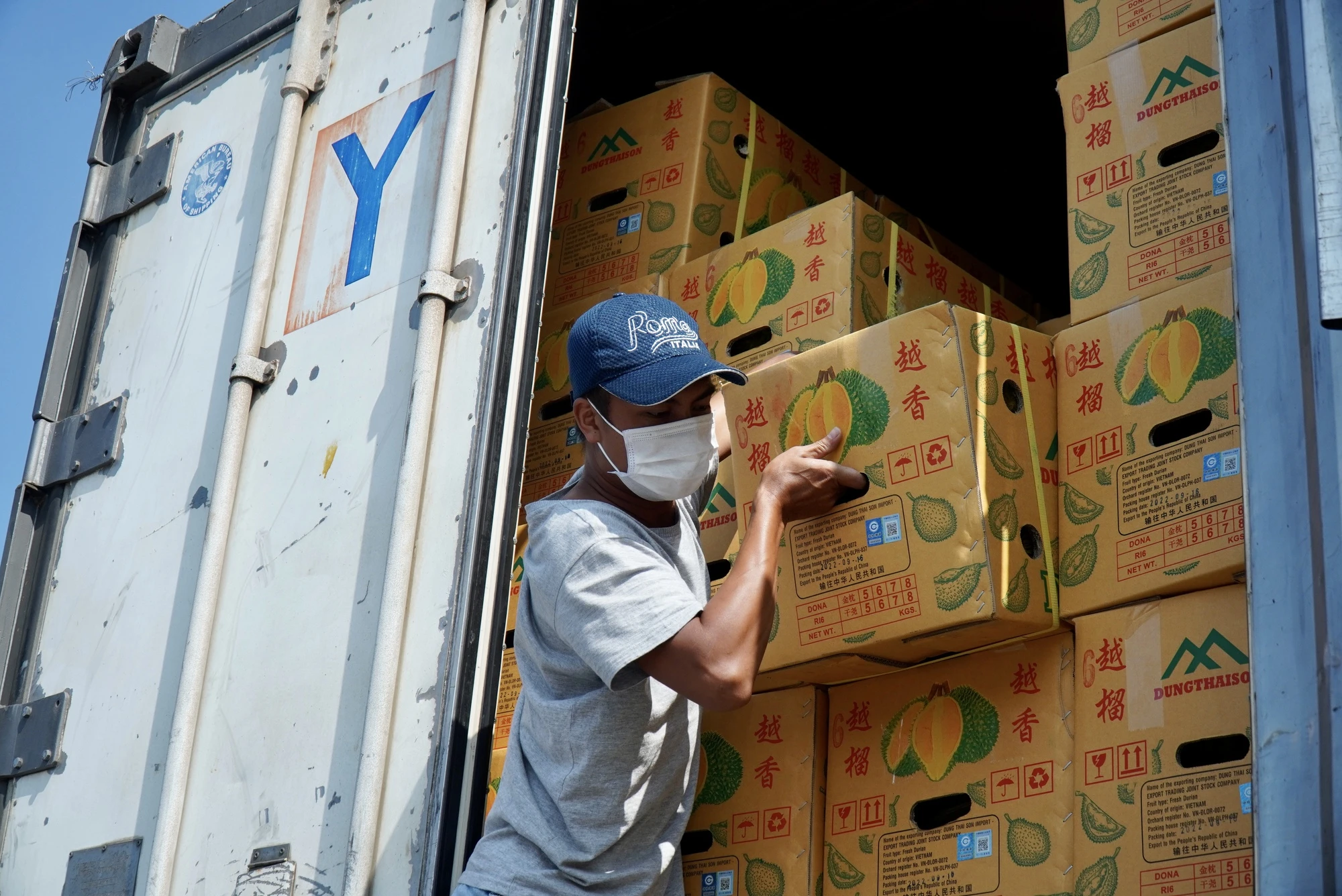
It takes a business 7 days to export a truck of durian to China.
According to businesses, logistics infrastructure is a barrier affecting export progress and the ability to take advantage of business opportunities. To Manh Ha, Business Manager, Agriculture - Forestry - Fisheries Management Board (T&T Group), said that Vietnam is located close to the large Chinese market but the logistics infrastructure has not yet exploited this advantage.
Currently, a durian truck traveling from Dak Lak to Lang Son for export to China takes 7 days if the border gate is clear. If there is a traffic jam, the truck has to wait, and the fuel alone costs an additional 2.5 million VND/day.
"If Lang Son or major border gates had enough concentrated yards, trucks could be brought there and wait for export, then there would be no congestion," said Mr. Ha.
From the perspective of a logistics business, Mr. Le Minh, Director of Vietnam Logistics Joint Stock Company, complained that agricultural logistics has been "reputed for being expensive" for many years. But businesses also have their own problems, having to invest heavily in vehicles, warehouses, loading and unloading equipment, etc. and only hope to have enough goods to run.
According to Mr. Minh, the reason comes from the characteristics of many agricultural products having seasonal periods, with peak harvests occurring in a very short period of time. Small-scale production areas find it difficult to collect goods in a concentrated manner, and the connection and coordination between production units are still weak, with each doing their own thing.
"Many trips from the south to the north carry a maximum of 25 tons, but in reality, there are trips with only a dozen tons of cargo. Feeling sorry for running an empty truck, we tried to persuade customers to combine trips to reduce costs, but they refused. Not to mention, logistics businesses often have their contracts broken. Customers sign annual contracts, but if another unit offers a price per trip a few hundred thousand dong lower, they unilaterally break the contract," said Mr. Minh.
Attracting private enterprise investment
Dr. Nguyen Anh Phong, Deputy Director of the Institute of Policy and Strategy for Agricultural Development, said that at border gates and major ports, agricultural product gathering areas are not guaranteed, there is a lack of cold storage systems, quarantine services, and coordination is inadequate, causing congestion. In the country, some concentrated production areas and trading hubs still lack logistics centers to help link production and consumption of agricultural products.
"These centers are different from traditional markets or wholesale markets because markets mainly carry out wholesale and retail of agricultural products while logistics centers have services to support agricultural production, storage, cold storage, preliminary processing, deep processing, international transportation or import-export support services," said Mr. Phong.
According to Mr. To Manh Ha, to increase added value and competitiveness for agricultural exports, logistics investment in agriculture should focus on strong industries with export value of at least 1 billion USD or more.
Mr. Le Minh said that to increase the value and competitiveness of agricultural products, production organization and logistics must cooperate closely for "mutual benefit".
Sharing international experience, Ms. Dinh Thi Bao Linh, Deputy Director of the Center for Industry and Trade Information (Ministry of Industry and Trade), said that Vietnam should refer to Taiwan's approach. Since 2021, Taiwan has begun to promote and increase investment resources in developing cold chains for agricultural products, and has so far established leading logistics centers in the fields of cultivation, fisheries, and livestock.
According to Ms. Linh, the Government should consider developing PPP models to accelerate investment in infrastructure to soon solve current logistics challenges in agriculture.
According to Dr. Nguyen Anh Phong, the Institute of Policy and Strategy for Agricultural Development is developing a project to develop logistics associated with agricultural production and business areas nationwide for the period 2023 - 2030.
The project aims to reduce post-harvest losses by 0.5 - 1% per year; reduce agricultural logistics costs by 30% when distributed through the agricultural logistics service center system; 100% of agricultural products through the agricultural logistics center system are traceable, ensuring quality and food safety.
In concentrated raw material production areas, there will be logistics service centers, in which 70% of cooperatives, traders, and enterprises will be located; 100% of cooperatives will use logistics services.
Source link


![[Photo] General Secretary To Lam visits exhibition of achievements in private economic development](https://vphoto.vietnam.vn/thumb/1200x675/vietnam/resource/IMAGE/2025/5/18/1809dc545f214a86911fe2d2d0fde2e8)

![[Photo] More than 17,000 candidates participate in the 2025 SPT Competency Assessment Test of Hanoi National University of Education](https://vphoto.vietnam.vn/thumb/1200x675/vietnam/resource/IMAGE/2025/5/17/e538d9a1636c407cbb211b314e6303fd)

![[Photo] National conference to disseminate and implement Resolution No. 66-NQ/TW and Resolution No. 68-NQ/TW of the Politburo](https://vphoto.vietnam.vn/thumb/1200x675/vietnam/resource/IMAGE/2025/5/18/adf666b9303a4213998b395b05234b6a)

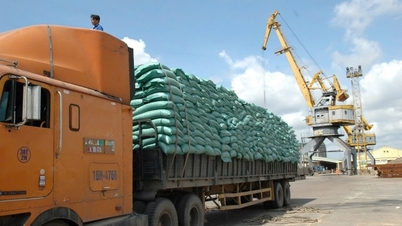

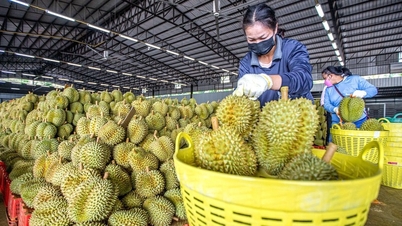



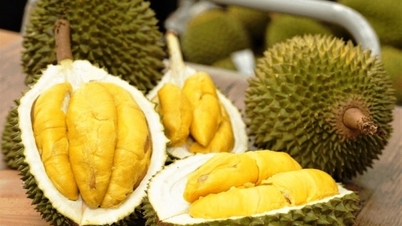

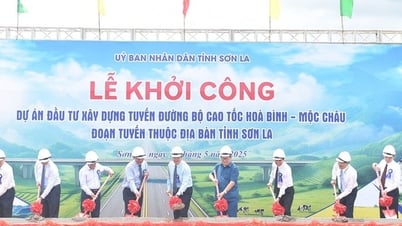

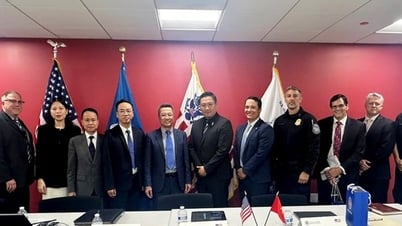



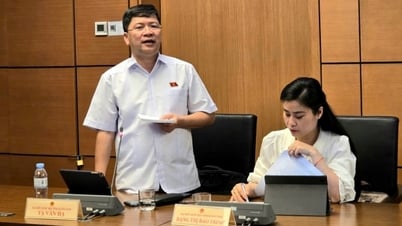






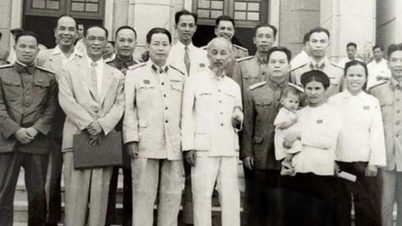



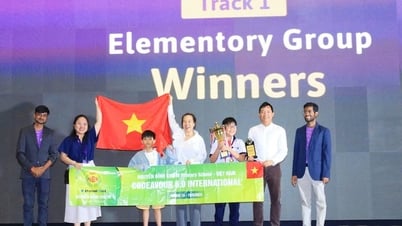
![[Photo] Prime Minister Pham Minh Chinh chairs meeting on science and technology development](https://vphoto.vietnam.vn/thumb/1200x675/vietnam/resource/IMAGE/2025/5/17/ae80dd74c384439789b12013c738a045)












































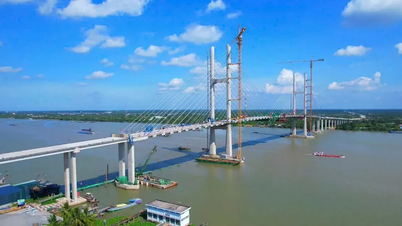


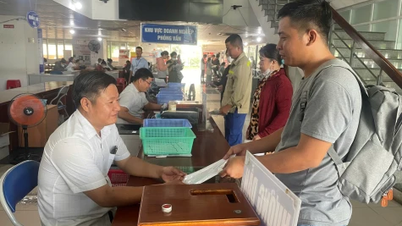

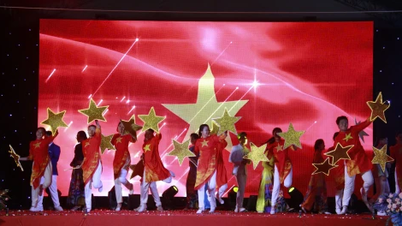
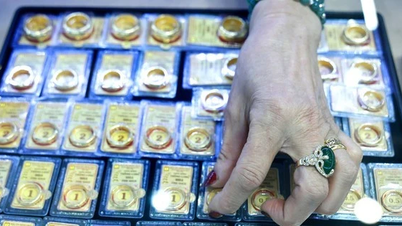













Comment (0)